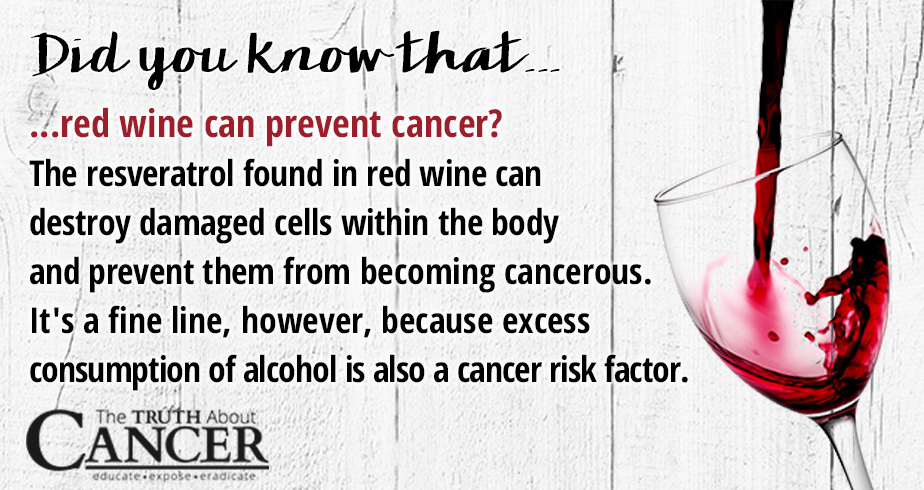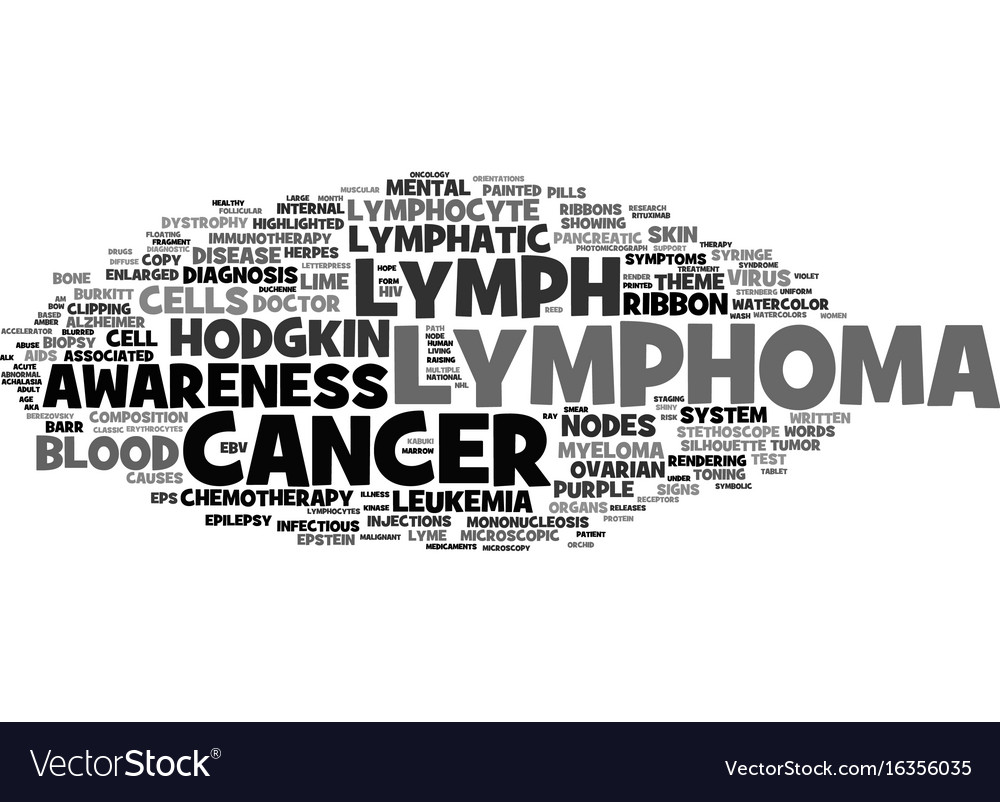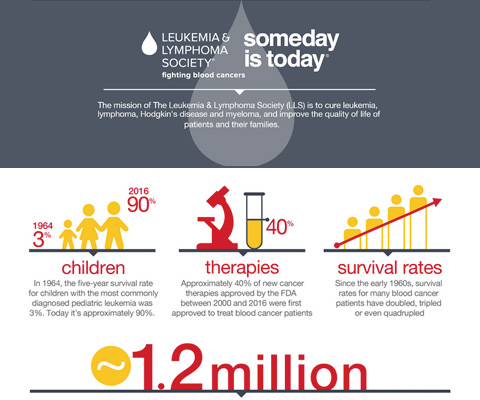In humans, genetic testing can be used to determine a child's parentage (genetic mother and father) or in general a person's ancestry or biological relationship between people. In addition to studying chromosomes to the level of individual genes, genetic testing in a broader sense includes biochemical tests for the possible presence of genetic diseases, or mutant forms of genes associated with increased risk of developing genetic disorders.
Genetic testing identifies changes in chromosomes, genes, or proteins. The variety of genetic tests has expanded throughout the years. In the past, the main genetic tests searched for abnormal chromosome numbers and mutations that lead to rare, inherited disorders. Today, tests involve analyzing multiple genes to determine the risk of developing specific diseases or disorders, with the more common diseases consisting of heart disease and cancer.The results of a genetic test can confirm or rule out a suspected genetic condition or help determine a person's chance of developing or passing on a genetic disorder. Several hundred genetic tests are currently in use, and more are being developed.
Because genetic mutations can directly affect the structure of the proteins they code for, testing for specific genetic diseases can also be accomplished by looking at those proteins or their metabolites, or looking at stained or fluorescent chromosomes under a microscope. Web Source
Generally speaking, the recent advances of testing equipment such as PET, CT, MRI, endoscope, etc., allows diagnosis of cancer of as 5 mm in size, however, a cancer of 5 mm in size is already a "mature" cancer consisting of more than a billion cells.
This test is a program that assesses "cancer risk" increased by acquired factors (lifestyle, living environment, stress, aging, etc.) and "risk of existence of microscopic cancer cells". Don`t start a distressful treatment after development of cancer but make efforts beforehand to prevent its development using "body-friendly preventive measures". Web Source
- Chromosomes are the long stretches of DNA that contain our genes. “Cytogenetics” is a word used to describe the study of chromosomes. The chromosomes need to be stained in order to see them with a microscope. When stained, the chromosomes look like strings with light and dark “bands.” A picture (an actual photograph from one cell) of all 46 chromosomes, in their pairs, is called a “karyotype.” A normal female karyotype is written 46, XX, and a normal male karyotype is written 46, XY. The standard analysis of the chromosomal material evaluates both the number and structure of the chromosomes, with an accuracy of over 99.9 percent.
- Direct DNA studies simply look directly at the gene in question for an error. Errors in the DNA may include a replication of the gene’s DNA (duplication), a loss of a piece of the gene’s DNA (deletion), an alteration in a single unit (called a base pair) of the gene’s DNA (point mutation) or the repeated replication of a small sequence (for instance, three base pairs) of the gene’s DNA (trinucleotide repeat). Different types of errors, or “mutations,” are found in different disorders.
- Sometimes, the gene that (when mutated) causes a condition has not yet been identified, but researchers know approximately where it lies on a particular chromosome. Other times the gene is identified, but direct gene studies are not possible because the gene is too large to analyze. In these cases, indirect DNA studies may be done. Indirect DNA studies involve using “markers” to find out whether a person has inherited the crucial region of the genetic code that is passing through the family with the disease. Markers are DNA sequences located close to or even within the gene of interest. Because the markers are so close, they are almost always inherited together with the disease. When markers are this close to a gene, they are said to be “linked.” If someone in a family has the same set of linked markers as the relative with the disease, this person often also has the disease-causing gene mutation. Because indirect DNA studies involve using linked markers, these types of studies also are called “linkage studies.”
- Biochemical genetic testing involves the study of enzymes in the body that may be abnormal in some way. Enzymes are proteins that regulate chemical reactions in the body. The enzymes may be deficient or absent, unstable, or have altered activity that can lead to clinical manifestations in an adult or child (i.e., birth defects). There are hundreds of enzyme defects that can be studied in humans. Sometimes, rather than studying the gene mutation that is causing the enzyme to be defective in the first place, it is easier to study the enzyme itself (the gene product). The approach depends on the disorder. Biochemical genetic studies may be done from a blood sample, urine sample, spinal fluid or other tissue sample, depending on the disorder.
- Another way to look at gene products, rather than the gene itself, is through protein truncation studies. Testing involves looking at the protein a gene makes to see if it is shorter than normal. Sometimes a mutation in a gene causes it to make a protein that is truncated (shortened). With the protein truncation test, it is possible to “measure” the length of the protein the gene is making to see if it is the right size or shortened. Protein truncation studies can be performed on a blood sample. These types of studies are often performed for disorders in which the known mutations predominantly lead to shortened proteins. Web Source
 The word sporadic means “to occur by chance.” Families who have a single person with cancer at an older age are usually classified as “sporadic.” In other words, there is not an inherited pattern of cancer present, and often only one or two individuals in the family have cancer at a typical age of onset. Relatives are usually not at increased risk of developing cancer. Genetic testing is usually not beneficial in these families.
The word sporadic means “to occur by chance.” Families who have a single person with cancer at an older age are usually classified as “sporadic.” In other words, there is not an inherited pattern of cancer present, and often only one or two individuals in the family have cancer at a typical age of onset. Relatives are usually not at increased risk of developing cancer. Genetic testing is usually not beneficial in these families. When there are more cases of cancer in a family than chance alone would predict, but the features of hereditary cancer (described below) are not present, a family is said to have “familial cancer.” In other words, in these cases, there is a cluster of cancers in the family, but no clear pattern of inheritance, and the cancers occur at the average age of onset. Familial cancers may be due to a combination of genes and shared lifestyle factors or environmental exposures (e.g., multi-factorial inheritance). On the other hand, some of these histories can represent a chance occurrence of sporadic cancers. A familial history may also arise due to a single gene mutation (e.g., hereditary cancer) that has reduced penetrance (i.e., a mutation associated with lower cancer risks and later onset of cancer). In general, with familial cancer, close relatives have a modestly increased risk of developing the cancer in question. The chance that genetic testing will be beneficial in further assessing cancer risks is usually small.
When there are more cases of cancer in a family than chance alone would predict, but the features of hereditary cancer (described below) are not present, a family is said to have “familial cancer.” In other words, in these cases, there is a cluster of cancers in the family, but no clear pattern of inheritance, and the cancers occur at the average age of onset. Familial cancers may be due to a combination of genes and shared lifestyle factors or environmental exposures (e.g., multi-factorial inheritance). On the other hand, some of these histories can represent a chance occurrence of sporadic cancers. A familial history may also arise due to a single gene mutation (e.g., hereditary cancer) that has reduced penetrance (i.e., a mutation associated with lower cancer risks and later onset of cancer). In general, with familial cancer, close relatives have a modestly increased risk of developing the cancer in question. The chance that genetic testing will be beneficial in further assessing cancer risks is usually small.  These families have multiple family members with the same or related cancers. The cancers tend to occur at younger than average ages (usually younger than 50 years). Also, there is often a history of persons who developed two or more separate cancers; e.g., colon cancer in a breast cancer survivor, bilateral cancers (bilateral breast cancer) or multi-focal cancers (two or more cancers in the same organ such as two separate colon cancers). Families with inherited cancer often have cancer in two or more generations with cancer displaying an autosomal dominant pattern of inheritance. In other words, when a parent has inherited predisposition to cancer, each child has a 50/50 (one in two) chance of inheriting the predisposition. Those in the family that inherit the predisposition have a high chance of developing the associated cancers. Those who do not inherit the predisposition are not at increased cancer risk. Genetic testing can often be beneficial in determining who in the family has an increased cancer risk. In most cases, it is important to test a relative with cancer first, to see if a causative mutation can be identified before testing relatives who have not had cancer.
These families have multiple family members with the same or related cancers. The cancers tend to occur at younger than average ages (usually younger than 50 years). Also, there is often a history of persons who developed two or more separate cancers; e.g., colon cancer in a breast cancer survivor, bilateral cancers (bilateral breast cancer) or multi-focal cancers (two or more cancers in the same organ such as two separate colon cancers). Families with inherited cancer often have cancer in two or more generations with cancer displaying an autosomal dominant pattern of inheritance. In other words, when a parent has inherited predisposition to cancer, each child has a 50/50 (one in two) chance of inheriting the predisposition. Those in the family that inherit the predisposition have a high chance of developing the associated cancers. Those who do not inherit the predisposition are not at increased cancer risk. Genetic testing can often be beneficial in determining who in the family has an increased cancer risk. In most cases, it is important to test a relative with cancer first, to see if a causative mutation can be identified before testing relatives who have not had cancer.
Some examples of inherited cancer include hereditary breast ovarian cancer sydrome, colorectal cancer, ovarian cancer, prostate cancer and Von Hippel-Lindau syndrome. More information about each of these examples is available from the links at left. Web Source
Genetic Testing During Pregnancy
For genetic testing before birth, pregnant women may decide to undergo amniocentesis or chorionic villus sampling. There is also a blood test available to women to screen for some disorders. If this screening test finds a possible problem, amniocentesis or chorionic villus sampling may be recommended.
Amniocentesis is a test usually performed between weeks 15 and 20 of a woman's pregnancy. The doctor inserts a hollow needle into the woman's abdomen to remove a small amount of amniotic fluid from around the developing fetus. This fluid can be tested to check for genetic problems and to determine the sex of the child. When there's risk of premature birth, amniocentesis may be done to see how far the baby's lungs have matured. Amniocentesis carries a slight risk of inducing a miscarriage.
Chorionic villus sampling (CVS) is usually performed between the 10th and 12th weeks of pregnancy. The doctor removes a small piece of the placenta to check for genetic problems in the fetus. Because chorionic villus sampling is an invasive test, there's a small risk that it can induce a miscarriage. Web Source
Why Doctors Recommend Genetic Testing kidshealth.org
A doctor may recommend genetic counseling or testing for any of the following reasons:
- A couple plans to start a family and one of them or a close relative has an inherited illness. Some people are carriers of genes for genetic illnesses, even though they don't show, or manifest, the illness themselves. This happens because some genetic illnesses are recessive — meaning that they're only expressed if a person inherits two copies of the problem gene, one from each parent. Offspring who inherit one problem gene from one parent but a normal gene from the other parent won't have symptoms of a recessive illness but will have a 50% chance of passing the problem gene on to their children.
- A parent already has one child with a severe birth defect. Not all children who have birth defects have genetic problems. Sometimes, birth defects are caused by exposure to a toxin (poison), infection, or physical trauma before birth. Often, the cause of a birth defect isn't known. Even if a child does have a genetic problem, there's always a chance that it wasn't inherited and that it happened because of some spontaneous error in the child's cells, not the parents' cells.
- A woman has had two or more miscarriages. Severe chromosome problems in the fetus can sometimes lead to a spontaneous miscarriage. Several miscarriages may point to a genetic problem.
- A woman has delivered a stillborn child with physical signs of a genetic illness. Many serious genetic illnesses cause specific physical abnormalities that give an affected child a very distinctive appearance.
- The pregnant woman is over age 34. Chances of having a child with a chromosomal problem (such as trisomy) increase when a pregnant woman is older. Older fathers are at risk to have children with new dominant genetic mutations (those caused by a single genetic defect that hasn't run in the family before).
- A standard prenatal screening test had an abnormal result.If a screening test indicates a possible genetic problem, genetic testing may be recommended.
- A child has medical problems that might be genetic. When a child has medical problems involving more than one body system, genetic testing may be recommended to identify the cause and make a diagnosis.
- A child has medical problems that are recognized as a specific genetic syndrome. Genetic testing is performed to confirm the diagnosis. In some cases, it also might aid in identifying the specific type or severity of a genetic illness, which can help identify the most appropriate treatment.
 |
| visit site |
⇒If you are looking to get genetic testing done these are just a few sites that can help with that.
Color.com
Invitae.com ( I used this for my genetic testing)



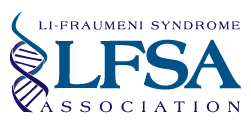
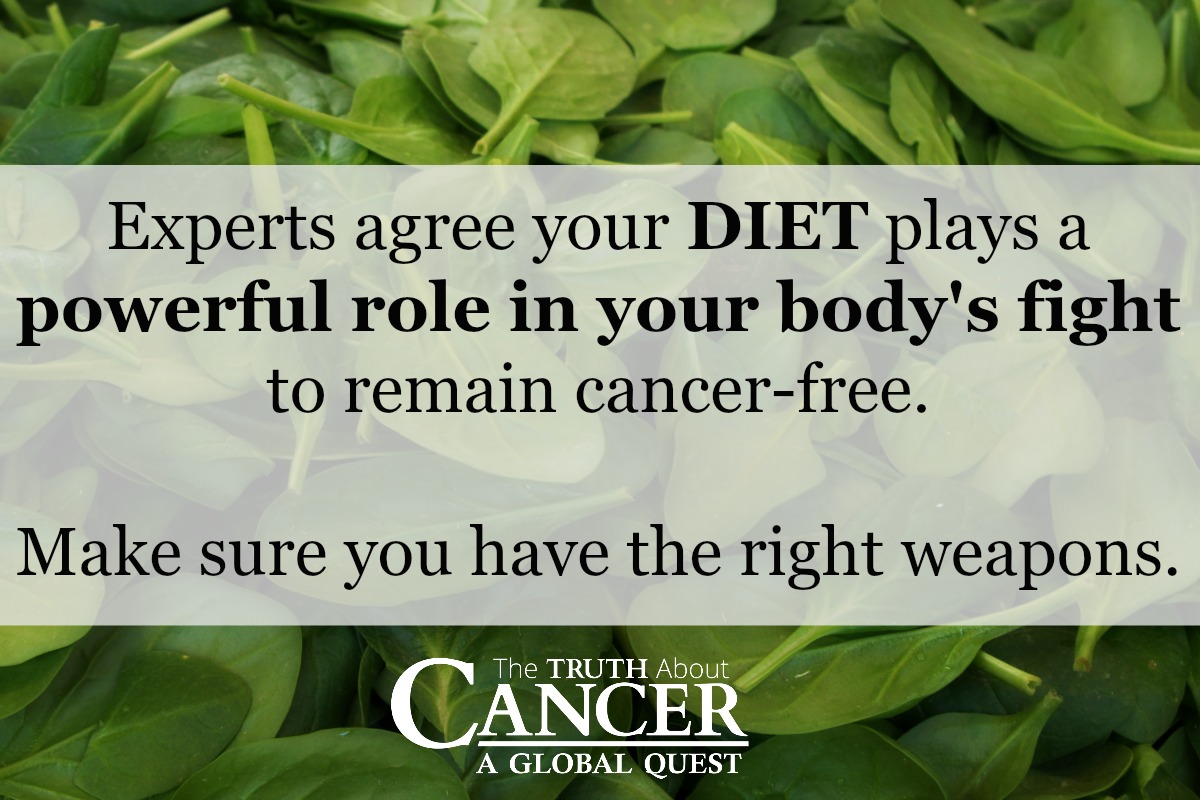




:max_bytes(150000):strip_icc()/tomato-twenty20_76ff03fc-1675-499e-8c4c-fcc1af299efe-586686b83df78ce2c35cb982.jpg)






